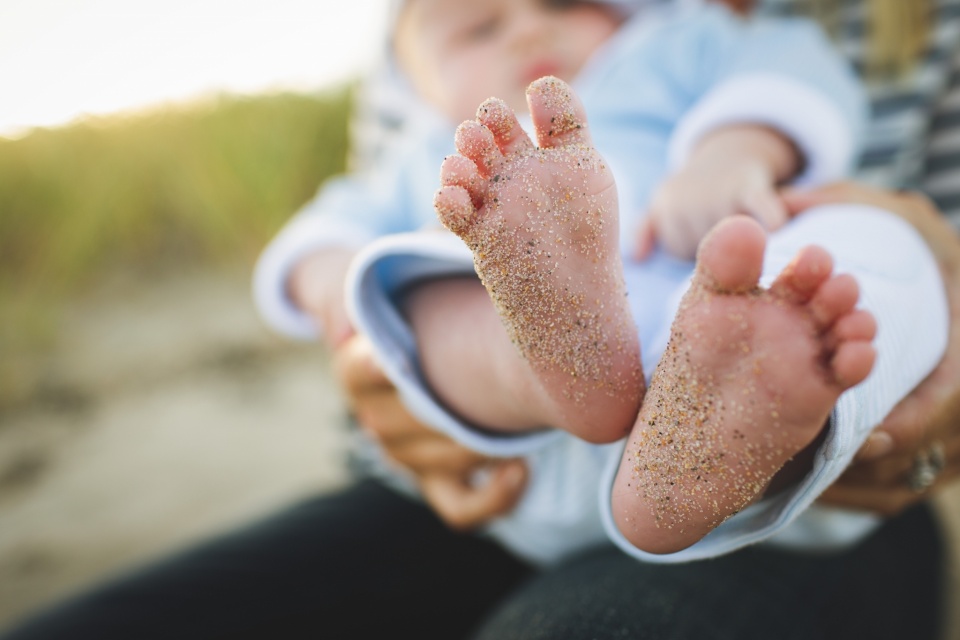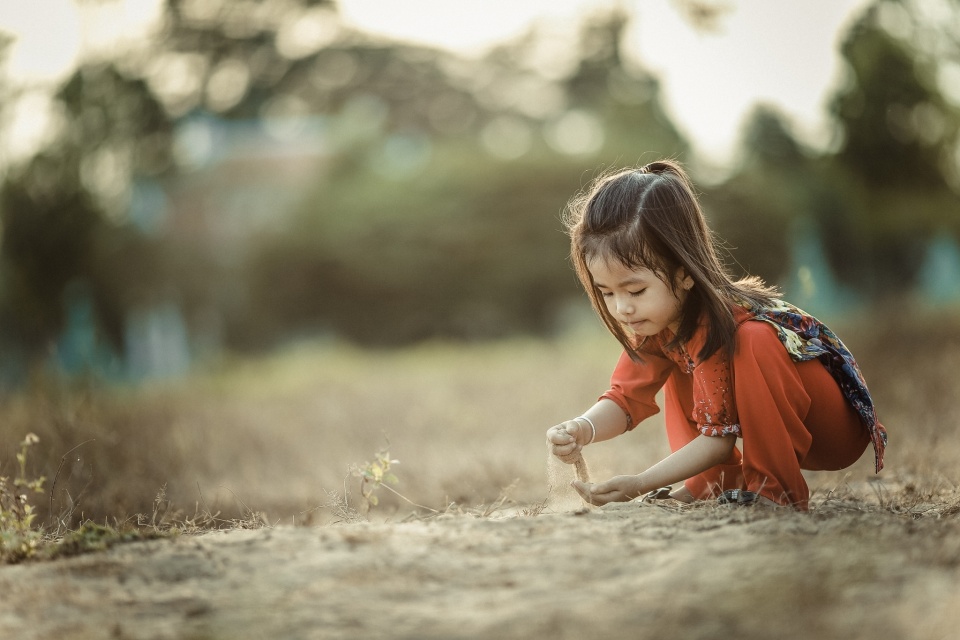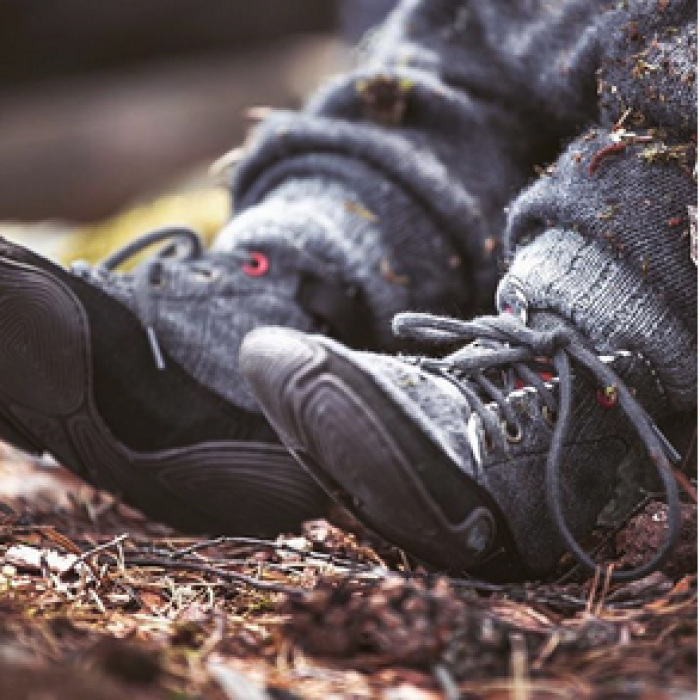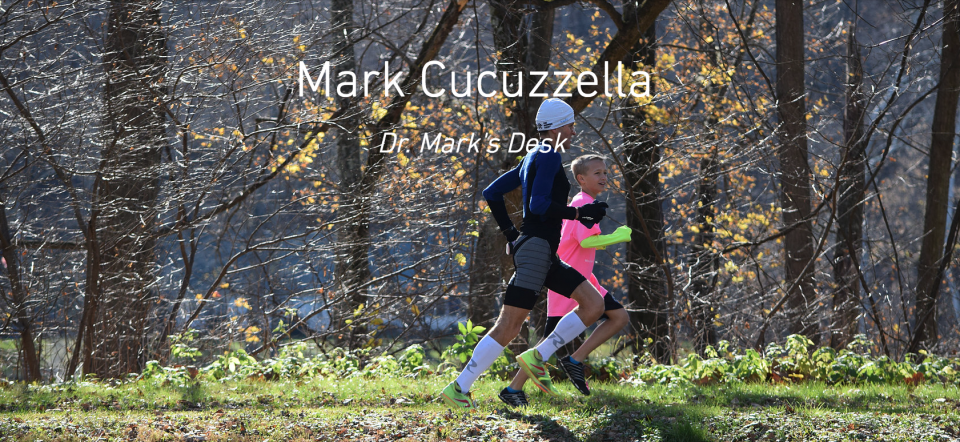Most foot infections from foot fungus or bacteria, as well as foot ulcers, are directly attributable to non-breathing and poor fitting footwear.

Dr. Mark Cucuzella is Professor of Medicine at West Virginia University medical school, family physician for over 20 years, an avid runner and running coach with a passion for Low Carbohydrate Healthy Fat nutrition.
Please note … this post isn’t about nutrition, but a topic I find fascinating and keep hearing more and more about; taking care of our feet! I am fascinated by the benefits of wearing minimal/flexible walking and running shoes as children, as adults, as runners, and maybe for people with diabetes, too?
Not only did Dr. Mark Cucuzzella inspire me with his talk at the Low Carb Down Under meeting in the US earlier this year, but Donal O’Neill (director of The Big Fat Fix documentary with Dr. Aseem Malhotra) intrigued me when he discussed his preference for natural movements and his recommendations around both barefoot, and minimal, flexible footwear last year.

AND, I am about to become a grandmother for the first time so healthy eating, and natural movement, for the little person about to come into our world, are front and centre of my mind right now.

Gary and I attended the World Crossfit Games in August and we were both impressed with the emphasis Crossfit training places on natural movements and strength. Most of us lose these abilities because of societal norms. If you watch young children they naturally squat. For ages!! Until we make them conform and sit in chairs. And maybe … just maybe, the firm fitting shoes we place on our toddlers soft, flexible feet aren’t as good as we have led to believe. A little like the mantra “cereal is the best way to start our children’s day”? …
"Shoe-wearing children lose normal foot structure and function. In any shoe-wearing society, by age eight or nine, the toes of most children have lost up to 50 percent of their natural prehensile and functional capacity. They are no longer strong, finger-like, ground grasping organs, but weak appenditures at the end of the foot." Dr. William A. Rossi, podiatrist.
Footwear is a topic dear to Gary’s heart, also. As a foot and ankle specialist in Northern Tasmania he is seeing more diabetic foot complications than ever before, in younger and younger people.
While we believe a Low Carbohydrate Healthy Fat diet plays a huge role in the prevention of diabetes foot complications, minimal, flexible footwear may well provide an adjunct role by improving blood supply and mobility, and maybe even more importantly, healing.
“Footwear may negatively affect our feet by the devices that are built into the shoe and disguised as support, cushioning, pronation control, supination control, motion control, and so on. In fact, the greater the degree of devices built in, the greater the degree of foot muscle atrophy, dysfunction and neuropathy that may develop. Those labelled “diabetic shoes” may in fact, be the worst offenders.” Barefoot Science
Recently I came across a company called Wildling. While I regularly recommend books, Low Carb groups, events and services by healthcare professionals that align with our Low Carbohydrate Healthy Fat message, I don’t normally promote products, but Anna and Ran Yona's business ethos fits in nicely with my philosophy on life.
I love that they are challenging societal norms and like me, questioning how we can keep moving, as naturally and as healthily as possible?
Please note … I do not receive any financial incentive or gifts for doing ANY of my posts. I only ever share things that I am passionate about, and with this post, something I hope the next generation of children will get to experience and benefit from. I hope that minimal shoes like Wildling’s, and the Shamma’s Mark Cucuzzella recommends further below, will improve our kids balance, help them stay connected to natural movement, prevent short and long term foot injuries, and become a comfortable and healthier option for people with foot injuries, balance issues and diabetes complications, too!

As a sport-therapist and foot enthusiasts, Anna and Ran started Wildling with the aim to bring the joy of movement back to people’s lives. Their super light, super flexible shoes aim to provide the least interference to the natural movement of kids, and adult feet.
Interestingly, while not necessarily intended for people with diabetes, they have found those who have tried Wildling’s, and their adult brand Rewild, have regained their confidence, balance and overall, begin feeling more secure when going for walks.
The Wildling Philosophy

“We love kids, just as they are – wild, active and playful.
“Unfortunately, children live in increasingly restricted environments, far from direct sensory experiences in nature. Their radius of activity, compared to that of previous generations, is immensely limited: due to risks, realistic and inflated fears, urban landscapes, long days in school and the many hours that children spend in virtual worlds.
“We want to play our part in bringing kids into more direct contact with their environment again."
“Unlike conventional kids’ and sports’ shoes, the minimal shoe concept allows for natural motion and restores kids’ joy in movement. Foot muscles get stronger; movements become bolder and more fluent, and through their direct contact with the ground children regain confidence in their physical abilities."
Dr. Mark's Desk

If you are a runner and interested in your health, or you have foot problems, I highly recommend Dr. Mark Cucuzzella’s blog.
Mark believes that “highly structured running shoes place stress on the structural components of the shoe, rather than on the foot. This is especially true of arch supports and cushioning. The remaining forces are borne by the foot. However, the foot cannot function normally in a highly structured shoe.
“Also, if you are relying on your shoes to absorb some of these forces in order to minimize injuries, your feet will be very sensitive to wear and tear of the shoe and to issues like exact fit (and lacing) and changes in the structure of the shoe as the particular model evolves. Relying on highly structured shoes to prevent injury does not work.
“Decades of scientific data has proven this point. Strengthening the foot is a better way. It turns out that the foot can optimally absorb these forces, and spread them out optimally throughout the structures of the foot while barefoot (and while wearing really minimalist shoes, like running sandals). And an optimally functioning foot, with proper load distribution is very resilient and resistant to injury.
“In fact, the barefoot foot can be much more resistant to injury than a well-supported shod foot. But the constant wear of shoes has weakened some parts of the foot, specifically the parts of the foot that are supported by shoes, and our feet do not function normally (initially) when shifting to minimal footwear.
“The key is to stay in the elastic remodeling zone. You do this with a good minimal footwear transition plan. This achieves two things, it strengthens the structures of the foot (well beyond what could be achieved with structured footwear) and it allows the foot to start to function normally (i.e., optimally spreading forces throughout the foot). The goal is to end up in very minimal footwear, with proper functioning, strong, injury resistant feet. The bonus is that knee and hip stresses will be reduced and run biomechanics improved automatically. It is a win/win. If you are interested in transitioning as an elite runner, Mark recommends up to a 3-year timeframe to make the shift, from structured shoes to flexible running sandals"
The takeaway message ... let's look after our feet a little better.
We take our feet for granted until they are injured by activity or disease. A Low Carbohydrate Healthy Fat lifestyle can prevent Type 2 Diabetes and the complications from both Type 1 and Type 2 Diabetes. Take a look to see how easy it can be to take back control of your health with LCHF.
